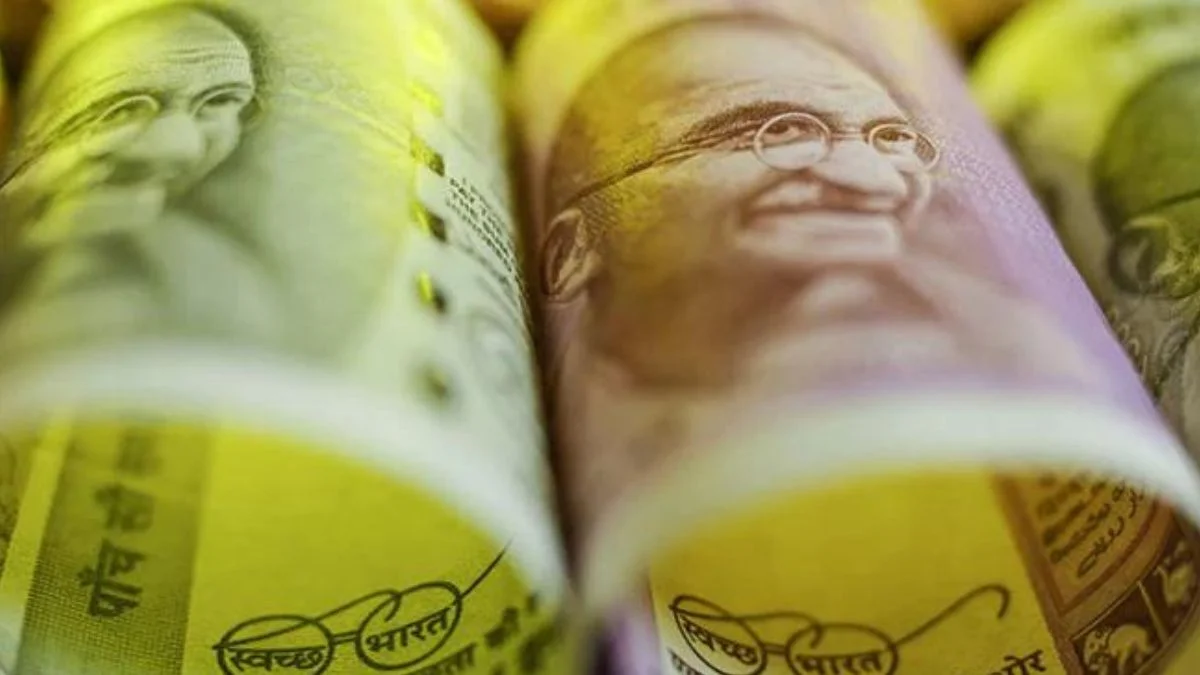After several days of reaching new lows, the Indian Rupee has reached an elderly age after tumbling to a new record low of 80 versus the US Dollar. By October of this year, experts had expected a decrease to 80, but we are just halfway through July. What causes this sharp decline in the Rupee, and how will it affect India’s crucial current account deficit targets?
Although several factors have highlighted the rupee’s swift depreciation, economists believe the Reserve Bank of India (RBI) has done a decent job of keeping volatility low, that is, dramatic changes in value have been very few.
Indian Rupee Performance
Anindya Banerjee, VP, currency & interest rate derivatives at Kotak Securities said that when measured against a basket of 26 of the most popular currencies, the Indian Rupee has slightly outperformed so far this year. INR has lost value by 7.5% while median losses have been around 8.5%. She further said that RBI’s forceful action was to blame for this.
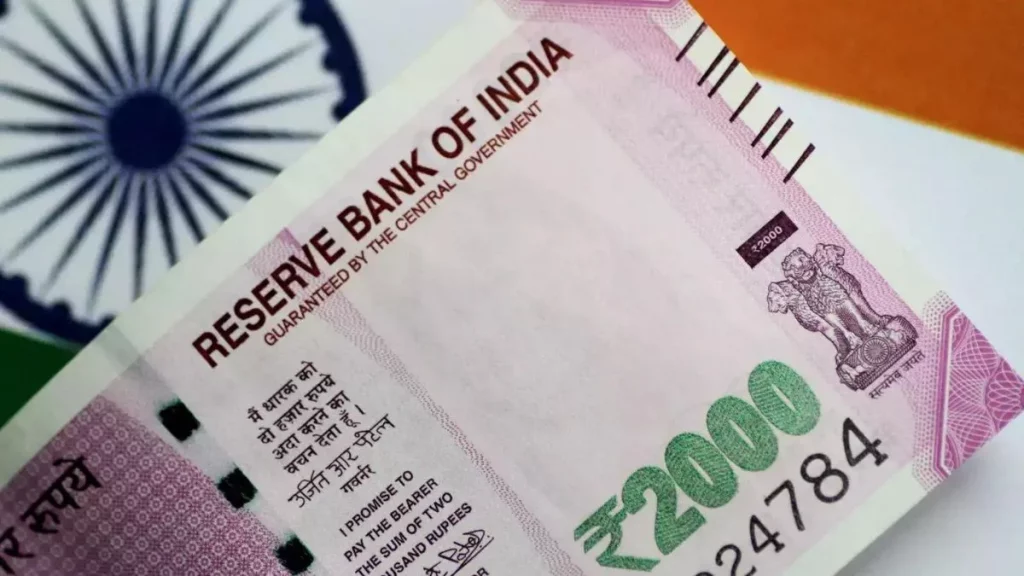
This effectively means that a decrease in the value of the Rupee was more or less inevitable, and analysts think it may still happen until the recession worries are resolved. She continued by saying that the Rupee will follow the trend as long as the USD keeps becoming stronger because of concerns about the US Fed and a global economic downturn.
About India’s CAD Goals
How soon will the worries about the recession last? Since no one knows for sure right now, India must prepare for its potential impact on its targets for the current account deficit (CAD). India’s current account deficit (CAD), which was $86 billion last year, may widen to $105 billion in 2022–2023, according to a forecast by Bank of America Securities.
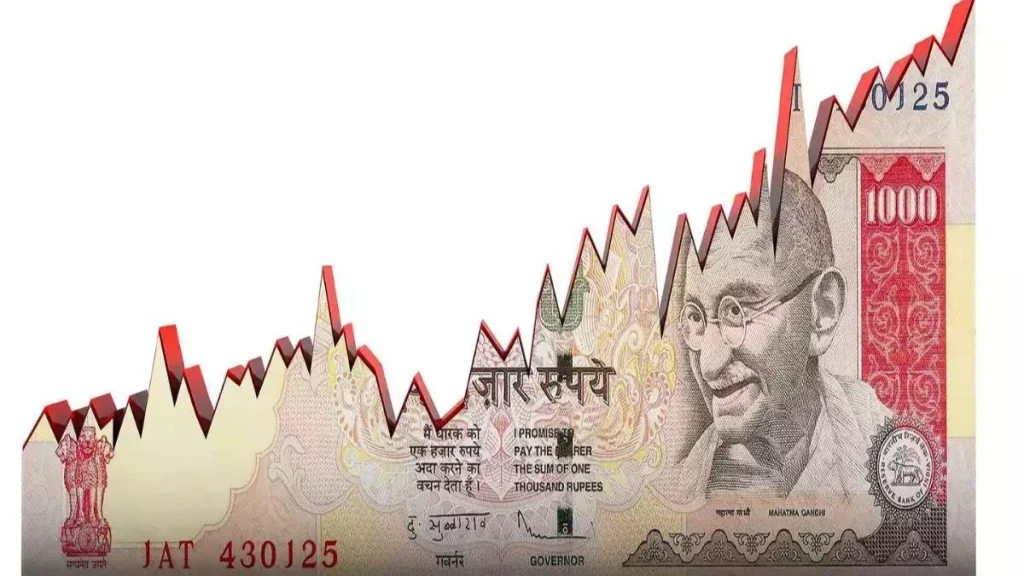
In a report, BofA Securities analysts said that higher non-oil, non-gold imports, and fewer exports are now forecast to drive CAD to 3 percent at $105 billion, up from 2.6 percent of GDP or $90 billion projected earlier, should Brent remain at $105 a barrel in 2022.
According to the sources, Peter Maguire of XM Australia said they anticipate that because of the extremely tight physical market, petroleum will gradually go below $95 a barrel. Since the price of a barrel of crude oil has already dropped below $100, experts believe that the $95 threshold may not be far away.
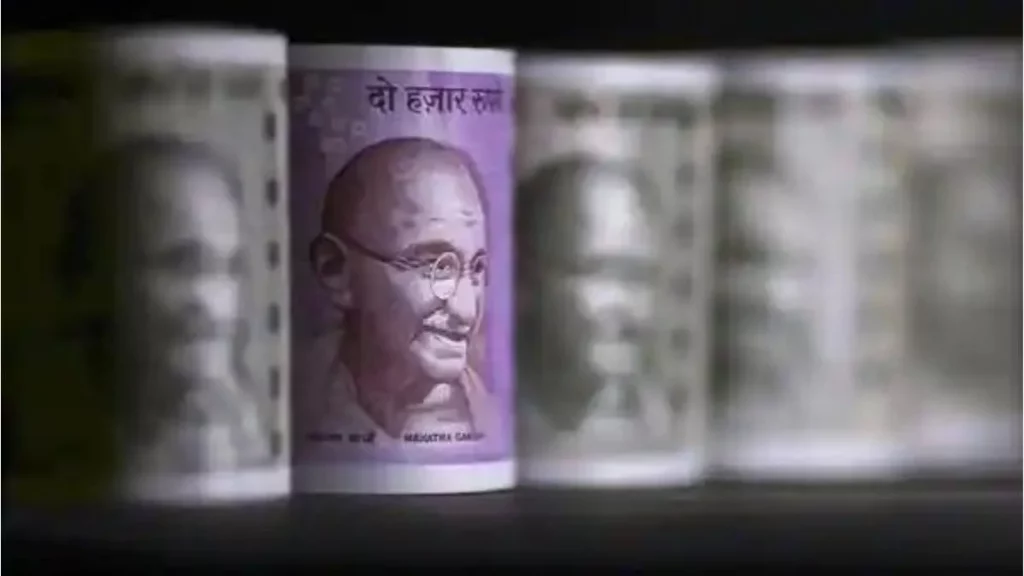
Situation Might be Better – Why?
Commodity prices are cooling off quickly, which may come as a comfort to the Indian government, the Reserve Bank of India, and the average citizen. This could be one of the first indications that inflation is beginning to decline. Experts think the recent collapse in commodity prices to levels seen before the Ukraine War may be a sign that inflation is slowing down. This could alleviate the pressure off the Rupee.
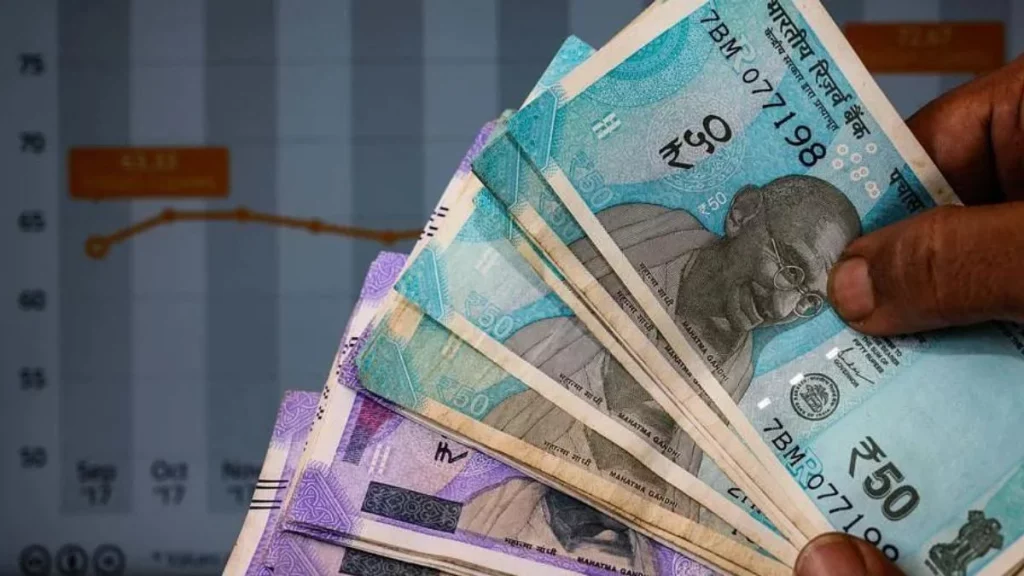
Anindya said that although a lower rupee may cause inflation since commodity prices are also falling globally, the impact on pricing should be minimal. Similar thoughts were repeated by the finance ministry in its most recent monthly economic review.
As per the report, because of concerns about a recession, their (crude and edible oil) global prices have temporarily lowered. As a result, inflationary pressures in India would be reduced. The government believes that the current account deficit in India has not yet been reduced sufficiently, thus there is still work to be done before India and its inhabitants may relax.
Read: GST Cut On Batteries Could Reduce Price of Electric Vehicles In India

